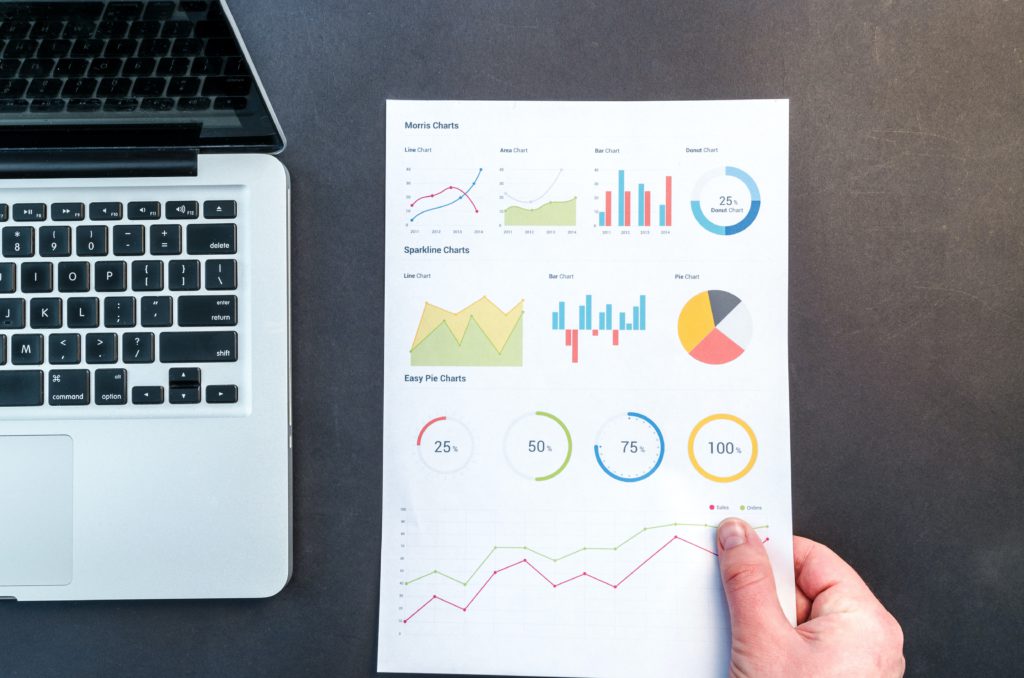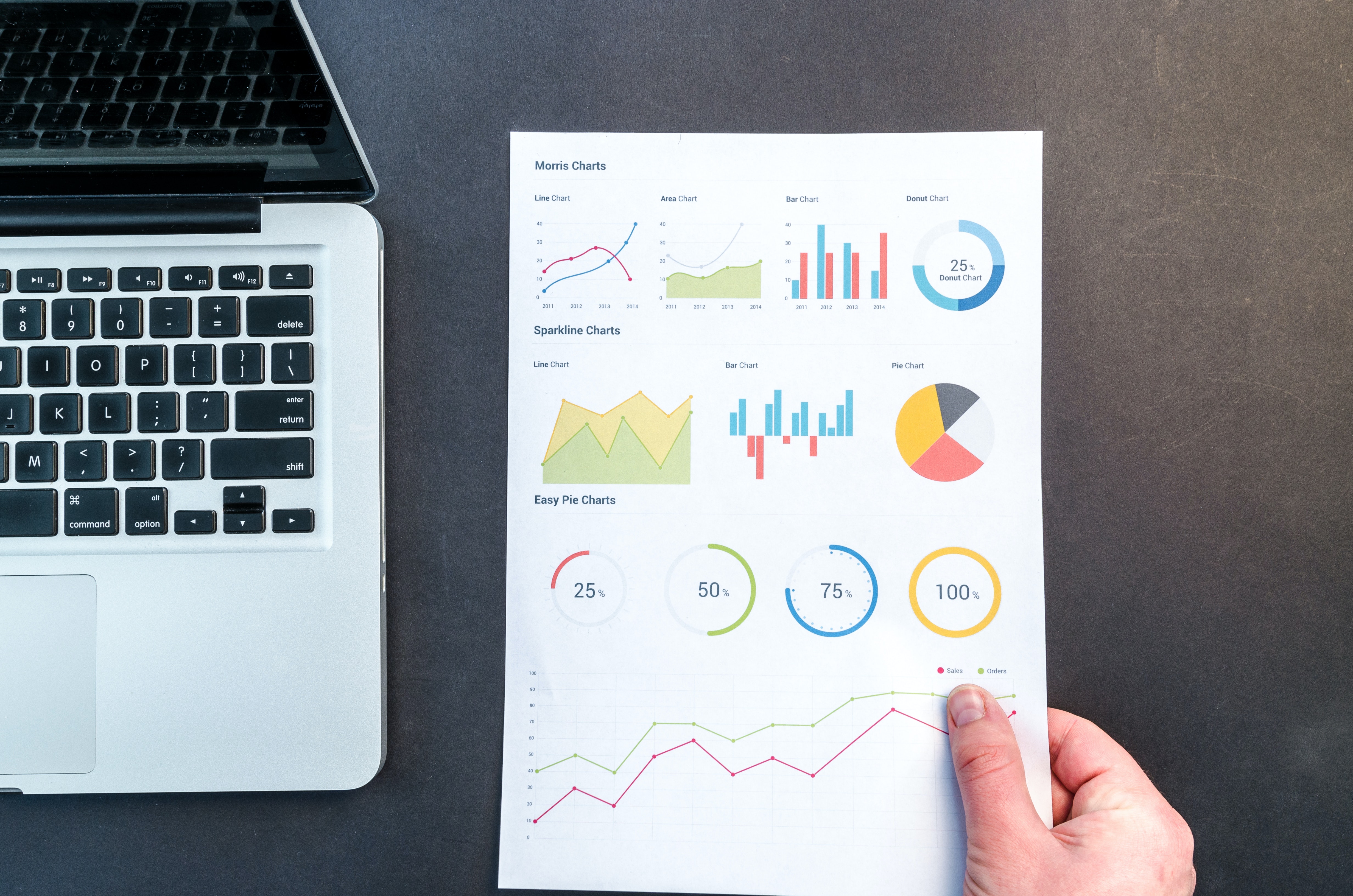Harnessing the Power of People Analytics to Boost Employee Satisfaction
Employee data analytics has gained traction in recent years as organizations increasingly recognize the importance of data-driven decision-making. By analyzing data generated from various employee-related processes, organizations can gain valuable insights into their workforce and make informed decisions to improve organizational performance and employee engagement (HBR, 2019; Bersin, 2018). This paper aims to explore the potential of employee data analytics and its application in modern organizations.
Sources of Employee Data Employee data can be derived from various sources, each offering unique insights into employee behavior, performance, and engagement. Below are some common sources of employee data:Human Resource Management Systems (HRMS) Human Resource Management Systems (HRMS) are software solutions designed to manage various HR functions, including personnel administration, payroll, benefits, and more. These systems store a wealth of employee data, such as demographic information, job history, salary, and benefits information (Strohmeier, 2007).Performance Management Systems Performance management systems are used to assess and track employee performance, providing data on key performance indicators (KPIs), goal achievement, and performance reviews (DeNisi & Murphy, 2017).
Learning Management Systems Learning Management Systems (LMS) are platforms for delivering, tracking, and managing employee training and development programs. Data from these systems can reveal employee skill levels, training progress, and learning preferences (Al-Azawei, Parslow, & Lundqvist, 2016).
Employee surveys, such as engagement surveys, satisfaction surveys, and exit surveys, provide valuable insights into employee attitudes, perceptions, and opinions (Wiley, 2010).
Social network analysis involves examining the connections and interactions among employees within an organization. This data can reveal communication patterns, informal networks, and collaboration dynamics (Borgatti & Halgin, 2011).
Workplace sensors and wearables, such as smart badges and fitness trackers, can provide data on employee physical activity, location, and environmental factors like temperature and noise levels. This data can be used to analyze productivity, well-being, and work environment factors (Olguín & Pentland, 2008).
These sources provide a foundation for collecting and analyzing employee data. By leveraging data from these sources, organizations can gain insights to inform strategic decision-making and improve employee engagement and performance.

References:
- Bersin, J. (2018). Data-Driven HR: How Big Data And Analytics Are Transforming Recruitment. Forbes. Retrieved from https://www.forbes.com/sites/joshbersin/2018/08/30/data-driven-hr-how-big-data-and-analytics-are-transforming-recruitment/
- HBR. (2019). Employee Data and Analytics. Harvard Business Review. Retrieved from https://hbr.org/2019/11/employee-data-and-analytics
- Reference: Strohmeier, S. (2007). Research in e-HRM: Review and implications. Human Resource Management Review, 17(1), 19-37
- DeNisi, A., & Murphy, K. (2017). Performance appraisal and performance management: 100 years of progress? Journal of Applied Psychology, 102(3), 421-433.
- Reference: Al-Azawei, A., Parslow, P., & Lundqvist, K. (2016). Investigating the effect of learning styles in a blended e-learning system: An extension of the technology acceptance model (TAM). Australasian Journal of Educational Technology, 32(2).
- Reference: Wiley, J. W. (2010). The impact of effective HR practices on employee attitudes. Journal of Business and Psychology, 25(2), 215-227.
- Borgatti, S. P., & Halgin, D. S. (2011). On network theory. Organization Science, 22(5), 1168-1181.
- Olguín, D. O., & Pentland, A. S. (2008). Sensor-based organizational design and engineering. International Journal of Organizational Design and Engineering, 1(1-2), 69-97.








